Symbolic jewelry goes as far back as 115,000 years ago in human history as evidenced by the most recent discovery of perforated and ochred marine shell beads inside a sea cave (Cueva de los Aviones) in southeast Spain. These shells were significantly more ancient but were similar to shell beads found in other archeological sites in South Africa, Morocco, and Israel. While we may never establish what this very rudimentary jewelry actually meant for the Neanderthals and early modern humans who fashioned them, the archeologists who discovered them believe that they are evidence of symbolic thinking, especially in conjunction with cave paintings found at the same archeological sites.
Jewelry design has come a long, long way from the days of the Neanderthals; Today, they come in all shapes, sizes, and colors. There are literally countless designs out there, but a few precious few have stood the test of time because their symbolic meaning transcends religious, cultural, and geographical boundaries.
Sacred Geometry Symbolic Jewelry
The Flower of Life
This wonderful symbol has become one of the most popular symbols in the world, and countless people wear it as jewelry, tattoos, and clothing. The flower of life can be found in many places around the world and is considered a cross-cultural symbol. It holds in it the secret shape of the fruit of life and the Metatron’s cube, which in turn connected to the five platonic solids.
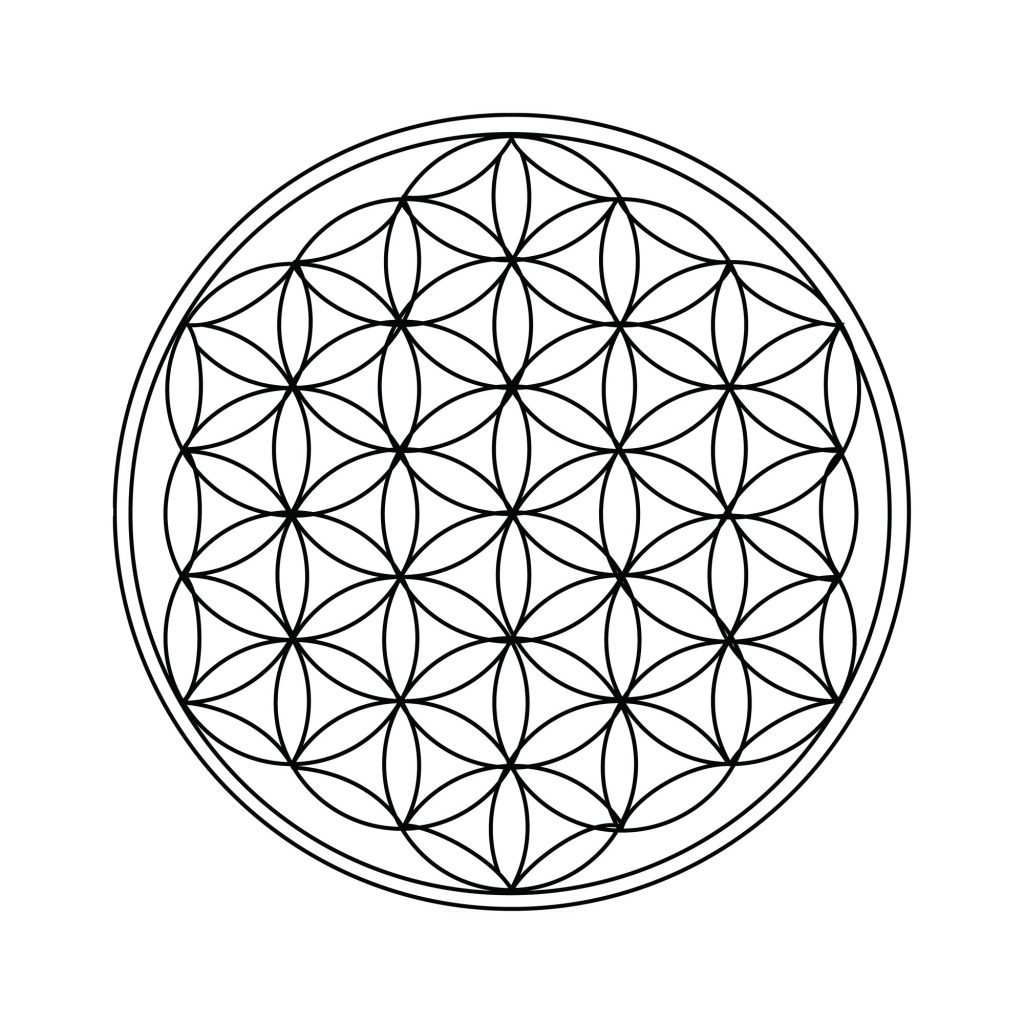

Nautilus shell
The Nautilus shell is one of the known shapes that represent the golden mean number, known as PHI – 1.6180339… PHI is a number without an arithmetic solution; it simply continues for an eternity without repeating itself. The uniqueness of the golden mean is that it can be found in all living forms such as the human skeleton or the shell of a Sunflower. The Golden Mean number is used in art, architecture, and religious symbols. Artists like Da Vinci and Kandinsky have used the golden mean in their paintings.
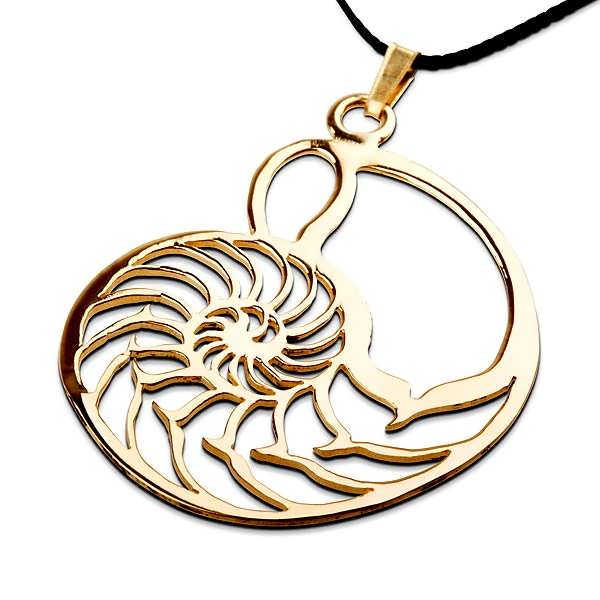
Egyptian Symbolic Jewelry
Ankh
The ankh is the most recognizable Egyptian hieroglyphic. It is also known as the “breath of life” or Key of the Nile. It symbolizes eternal life and is popular as a talisman for longevity. It is used in rings, earrings, necklaces, bracelets, and armbands characteristic of Egyptian style.
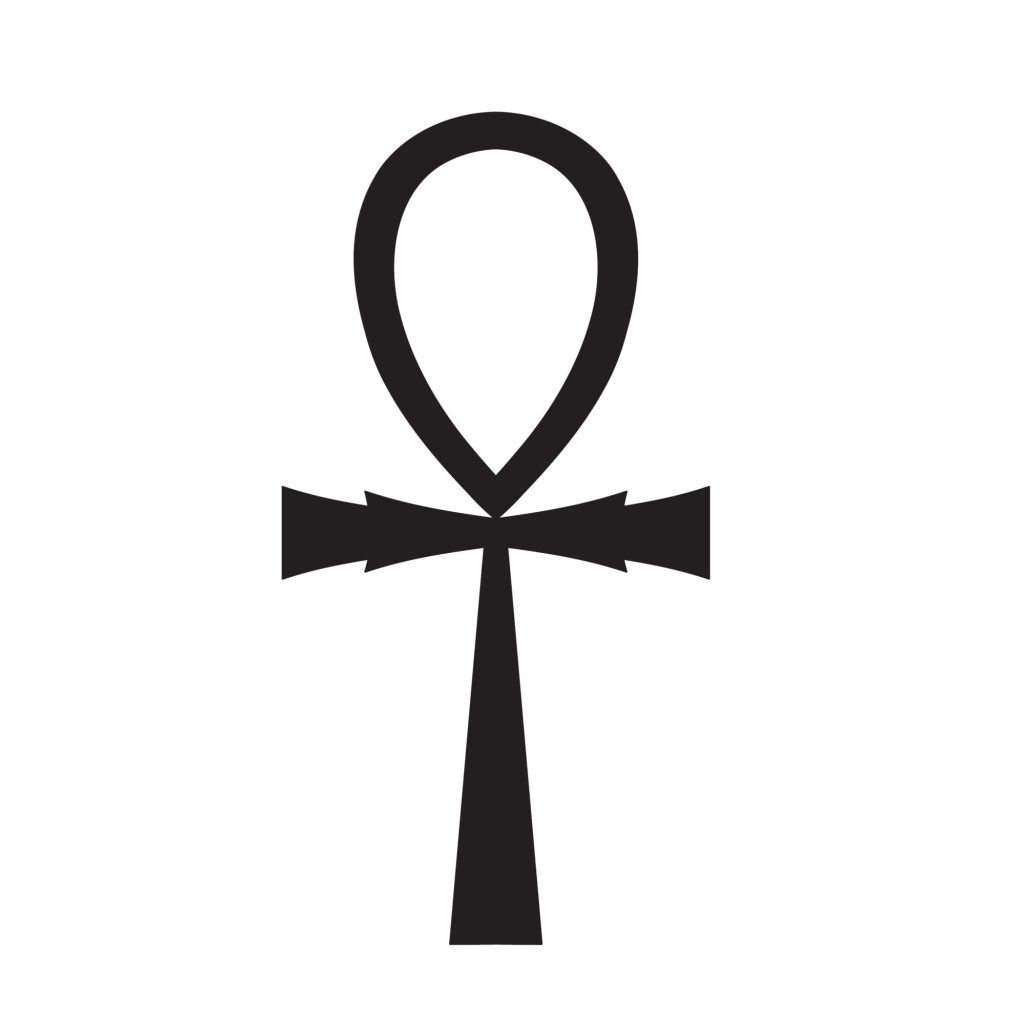
Eye of Horus
Another powerful symbol that came out of ancient Egypt and still used to this day is the Eye of Horus. According to legend, Horus lost his eye in a series of battles with his uncle Set. The goddess Hathor (or the GGod Thoth) magically restored his lost eye which now possessed healing powers. Also known as the Wadjet, this symbol provides protection, health, and rejuvenation and is a popular amulet for both the living and the dead.
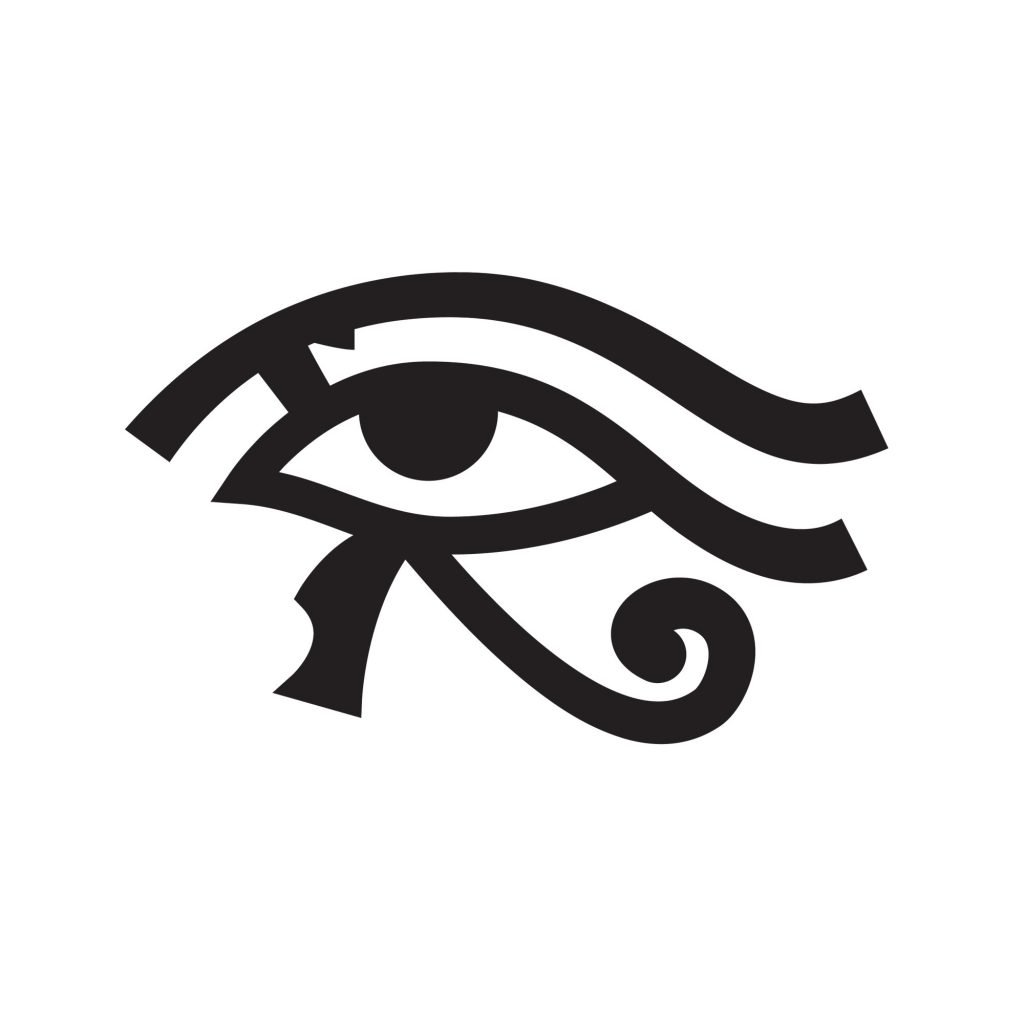
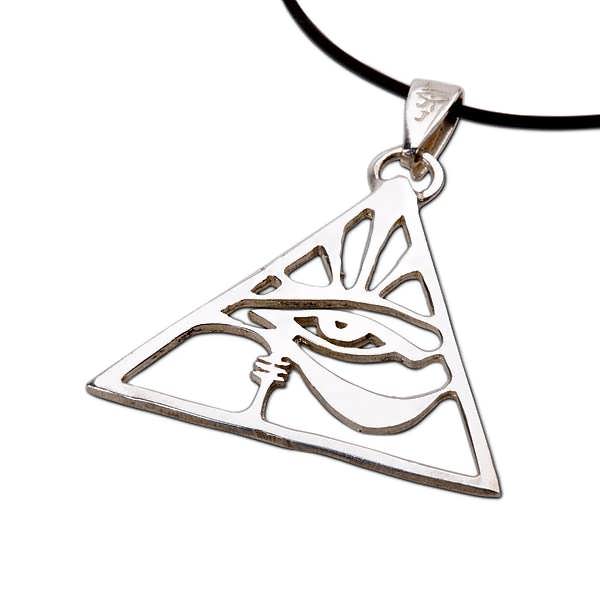
Greek Symbolic Jewelry
Caduceus
The caduceus is a Latin word for herald’s staff. The proper Greek word for it is Kerykeion. It symbolizes everything about Hermes, son of Zeus. He was a messenger of the gods to the humans. His Roman counterpart was Mercury, the God of travel, commerce, making money, thievery and eloquence. The symbol is most popularly used in jewelry in the form of a pendant but is also often used in rings and bracelets.

Rod of Asclepius
Asclepius, son of Apollo, was the Greek God of medicine and healing. The symbol depicts a staff with a serpent coiled around it. The staff symbolizes authority, and the snake symbolizes fertility, rebirth, revitalization, and rejuvenation. The symbol today is the only true, global symbol for medicine, healthcare, and healing and is often confused with the caduceus symbol. In jewelry, it is found on necklaces, rings, and bracelets.
Hinduism
Om (or Aum)
The Om is the most important syllable symbol in Hinduism, Buddhism, and Jainism. In Hinduism, it represents Brahman – the source of all life, omnipresent and omnipotent. He is the closest equivalent of what God is to other religions. It chanted by itself or used at the beginning of mantras. It is the primeval sound associated with the creation of the universe from the vast emptiness. It is popular symbolic jewelry used in necklaces, rings, earring, and bracelets.
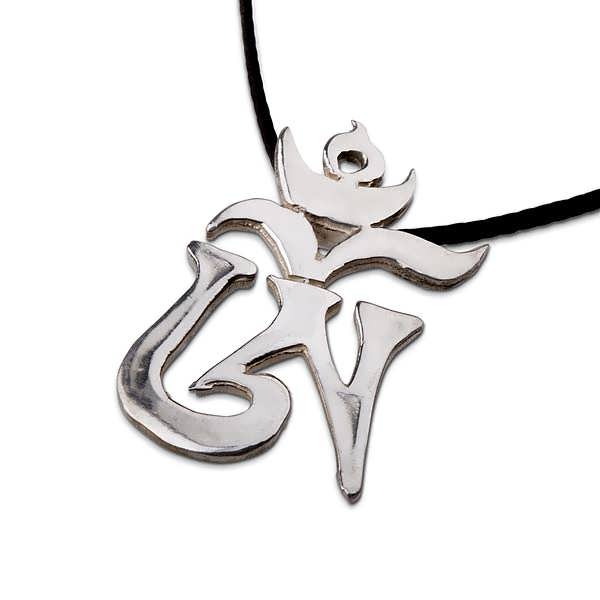
Lotus Flower
Lotus flower symbolism exists in many different cultures and/or religions, including Hinduism, Buddhism, and ancient Egypt. The lotus flower emerges beautiful, unblemished and seemingly victorious from under the depths of murky or muddy waters. For the Egyptians, the lotus flower is associated with rebirth and the sun. In Buddhism, it symbolizes purity, enlightenment, and faith in oneself. In Hinduism, it symbolizes youth, beauty, life, and non-attachment. “Those who dedicate their actions to God, abandoning all attachment, remain untouched by sin, just as a lotus leaf is untouched by water.”― Bhagavad Gita. The lotus flower is favored in the design of necklaces, earrings, rings, and bracelets.
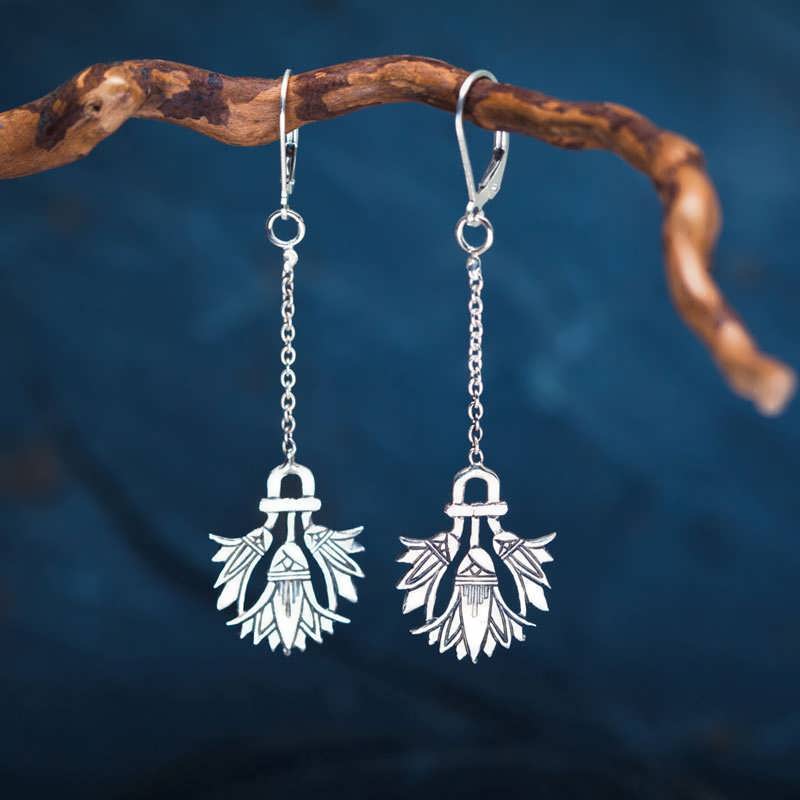
Judaism Symbolic Jewelry
Star of David
The Star of David is a 6-pointed star (hexagram). It is the most widely known symbol of Judaism. It is called by other names, “Shield of David” or Magan David. Its earliest documented use back in the 3rd century may have been decorative in nature, for a synagogue in Galilee. It symbolizes how God rules over the universe and how we are protected from all six directions north, east, south, west, up and down. The hexagram in the middle of the symbol denotes the spiritual dimension. In 1948, the Star of David also became the symbol of the State of Israel and is now depicted in its national flag. In jewelry, it is most often used as a pendant but is occasionally found in rings and as bracelet charms.
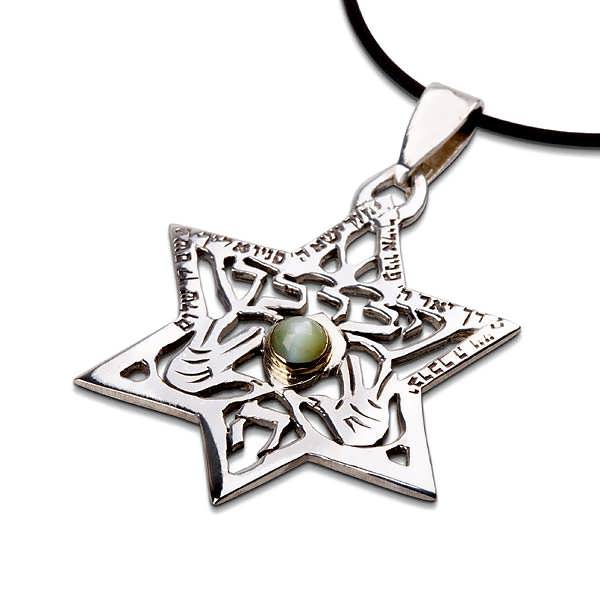
Hamsa
The Hamsa is an image of a palm with an eye in the middle. Aside from Judaism (Hand of Miriam), this symbol is also common to other cultures or religions, like Islam (Hand of Fatima/Khamsa) and Christianity. Across all culture that uses this image, it symbolizes protection from the evil eye and brings luck, abundance, goodness, fertility, and good health. Popular as an amulet, the Hamsa is a popular symbol used in pendants and bracelets.
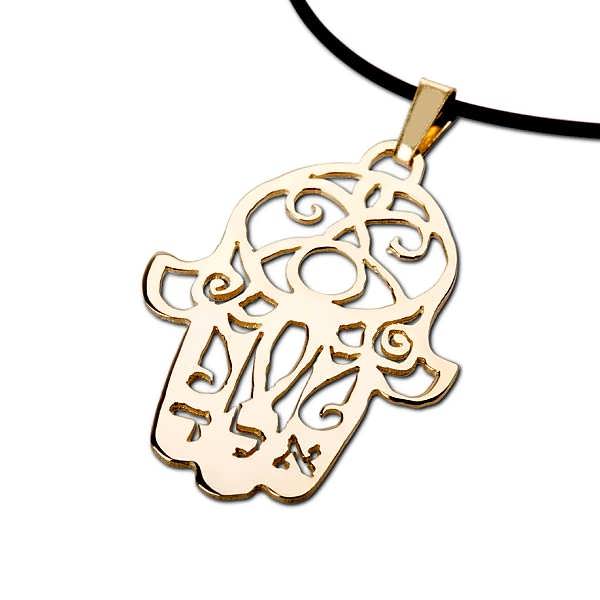
Celtic Europe Symbolic Jewelry
Claddagh
The Claddagh is composed of two hands holding a heart with a crown on top. It is a romantic symbol denoting the bonds of love, loyalty, and friendship. The right hand supposedly represents Dagda, the father of Celtic gods and the left hand represents Anu, the mother goddess. The crown is supposed to be Beathauile, the universal mystical spirit of the Celtics. For Christians, the heart stands for God, and the two hands are Jesus and the Holy Spirit.6 In jewelry, the Claddagh appears in pendants, rings, earrings, and bracelets.
Shamrock
The shamrock or 3-leaf clover is most recognized as a symbol of Ireland. St. Patrick, the patron saint of Ireland used it to represent the Holy Trinity when he was spreading Christianity throughout his land. In other cultures, the shamrock or its 4-leaf variety is considered to bring good luck. Shamrock designs make stunning pendants, bracelet charms, rings or earrings, especially when inlaid with precious stones like emeralds.
Be it for fashion, self-expression, status symbol, monetary value or cultural and religious significance, collecting and wearing jewelry is symbolic in nature. It is an intrinsic part of the human psyche and of society as a whole. The symbolisms of ancient times have found their way to our generation thru the use of jewelry, and the truths of our time will very likely make it the future in the same way.
